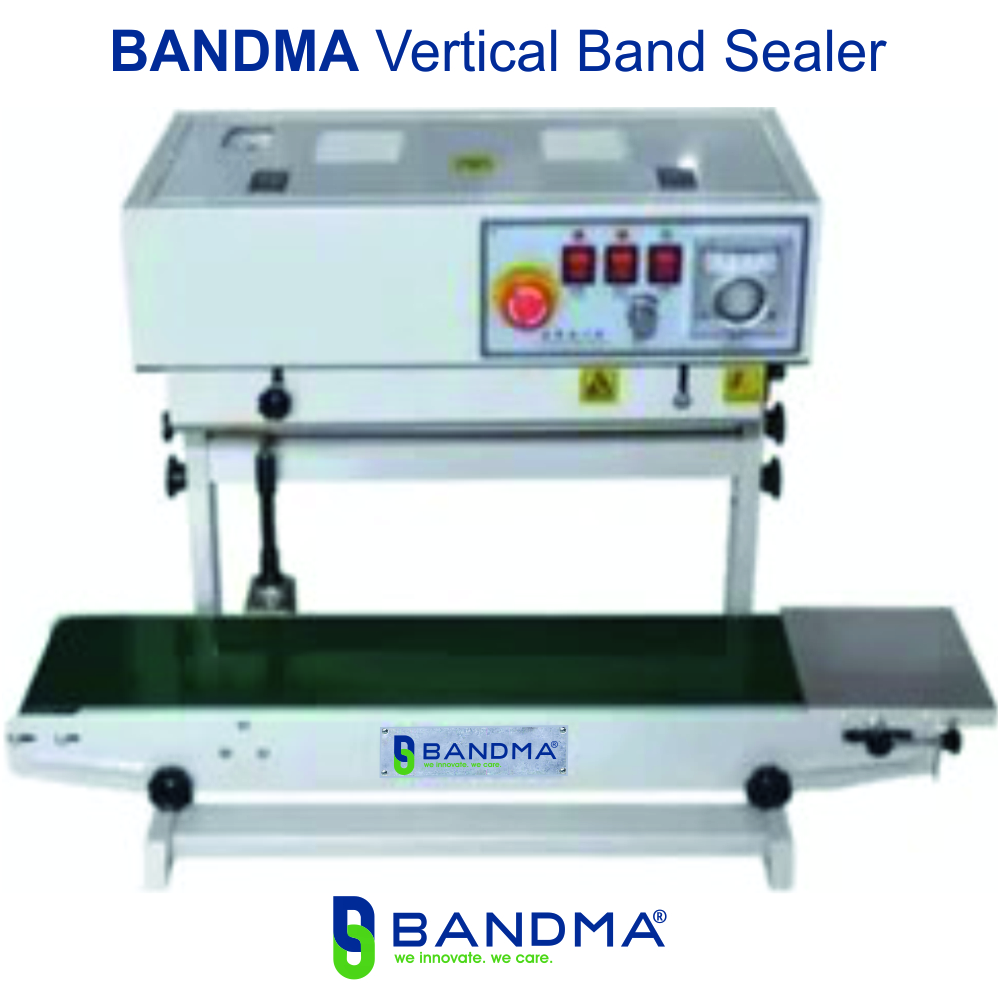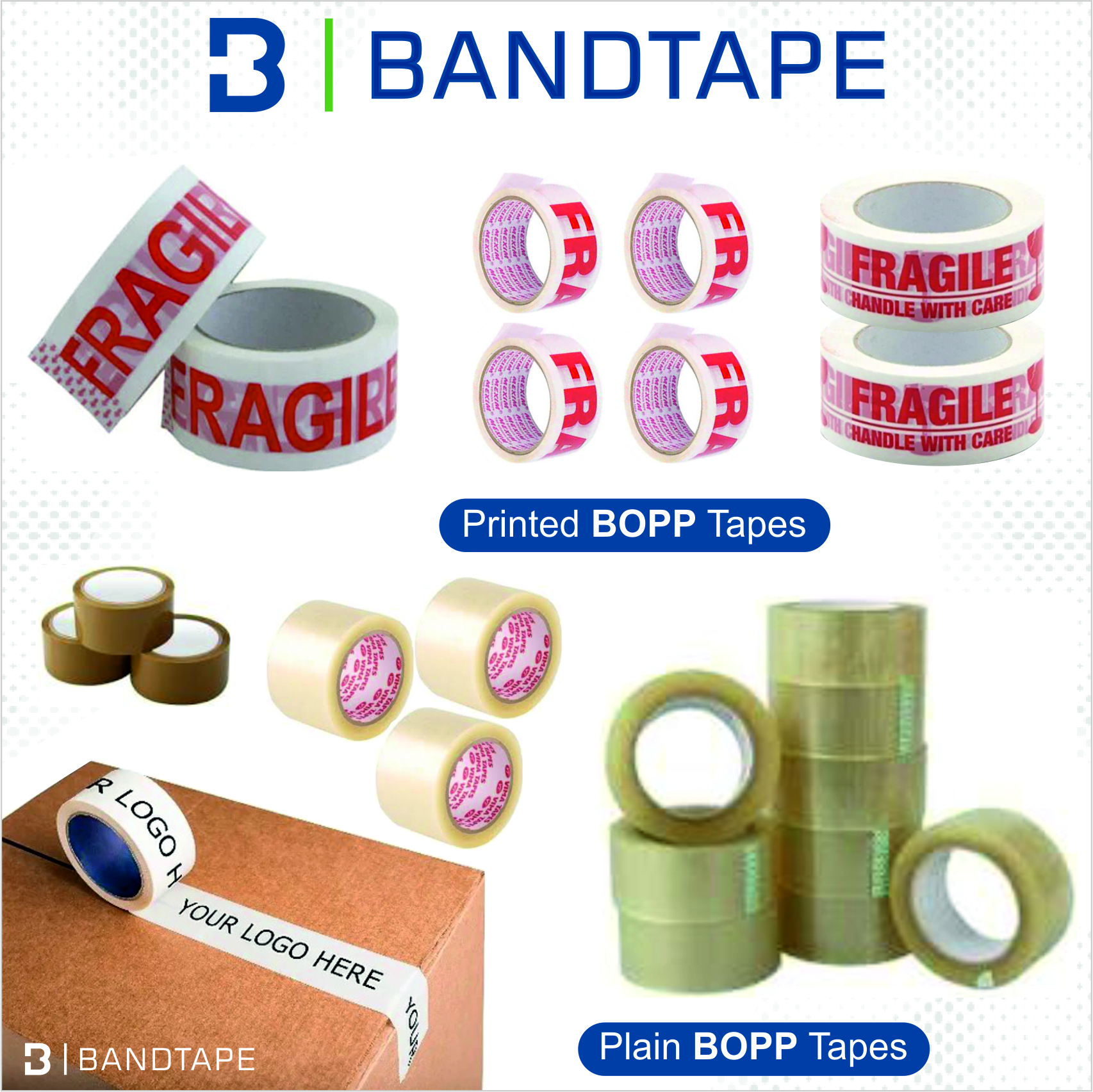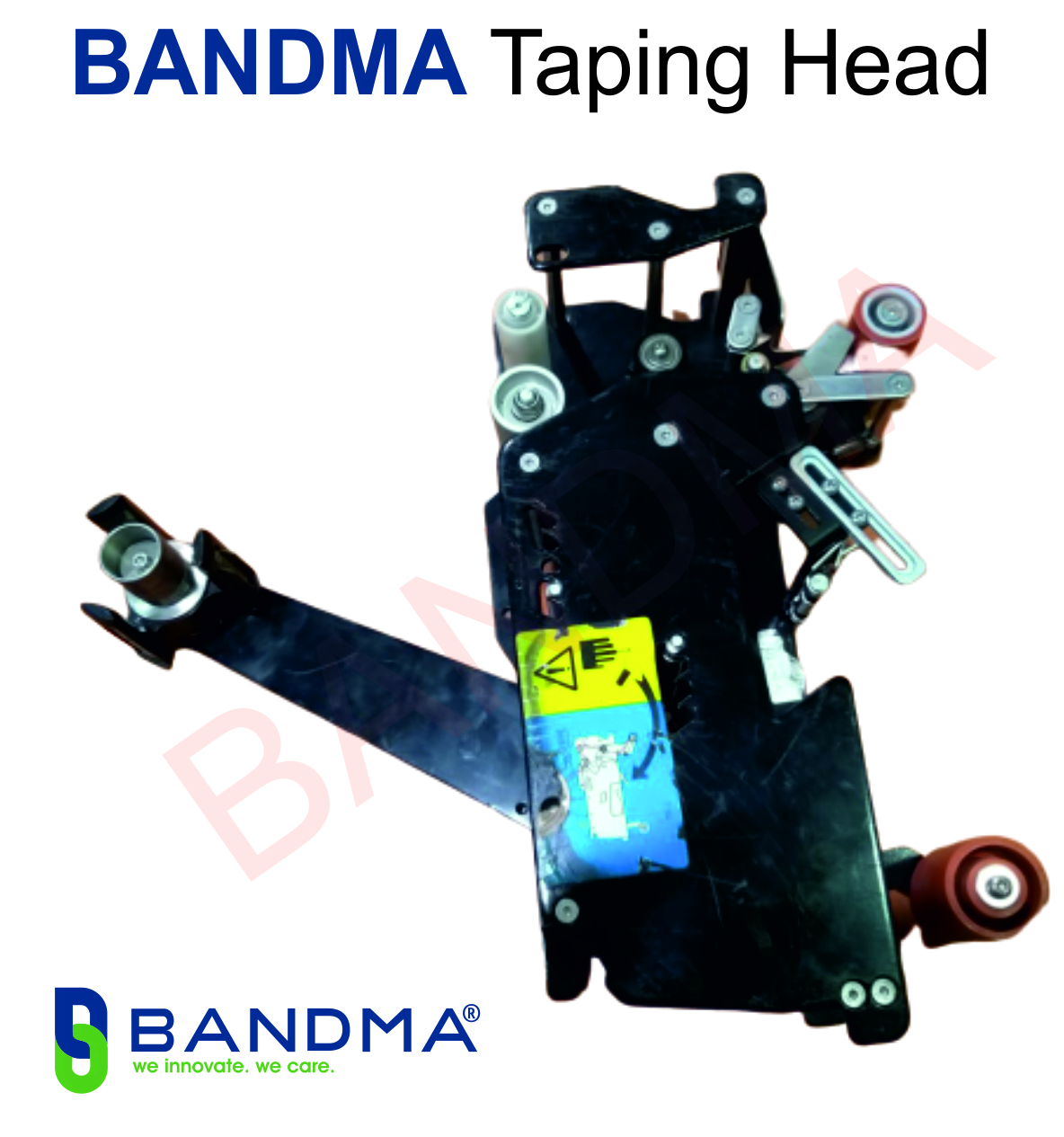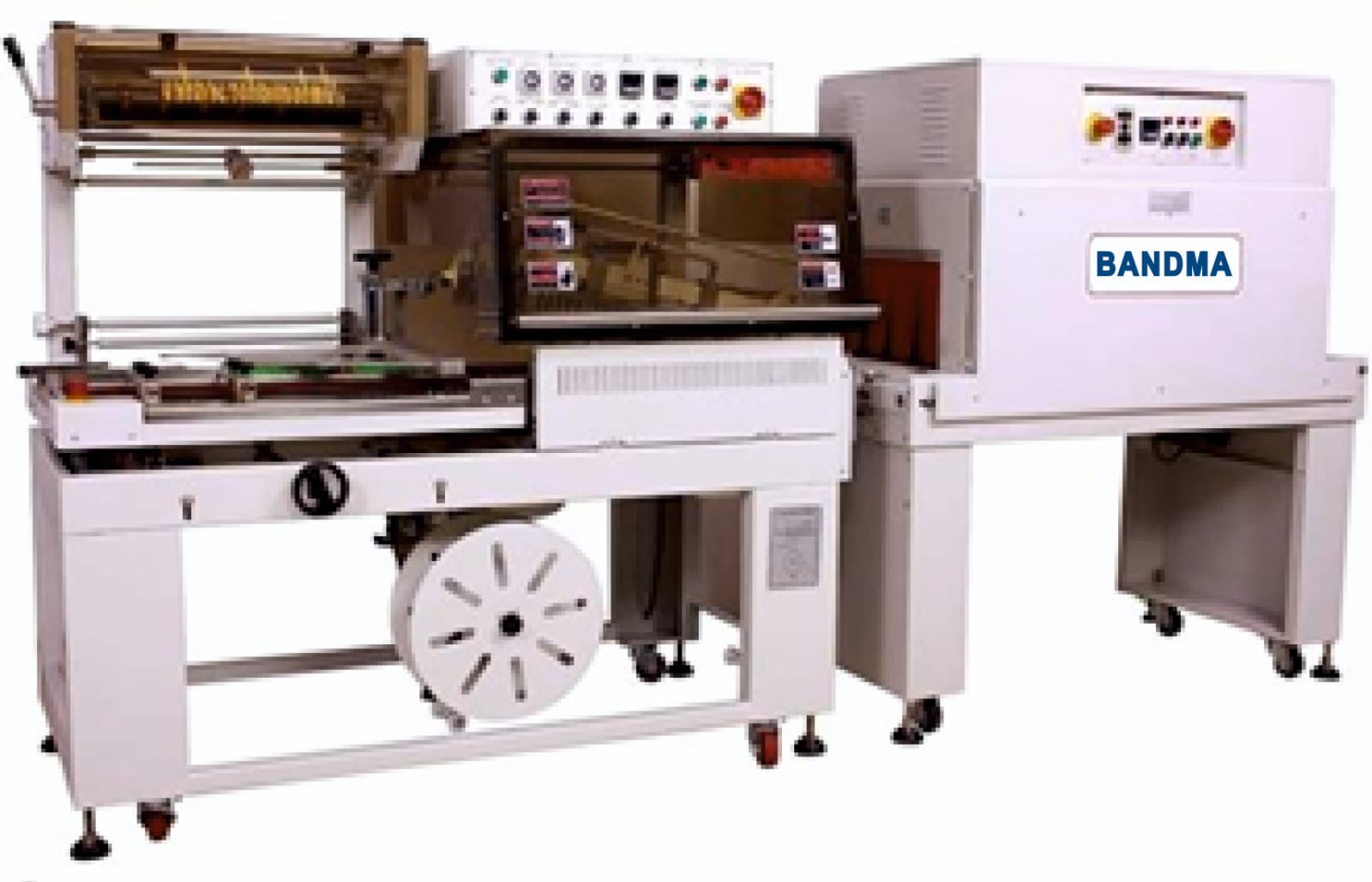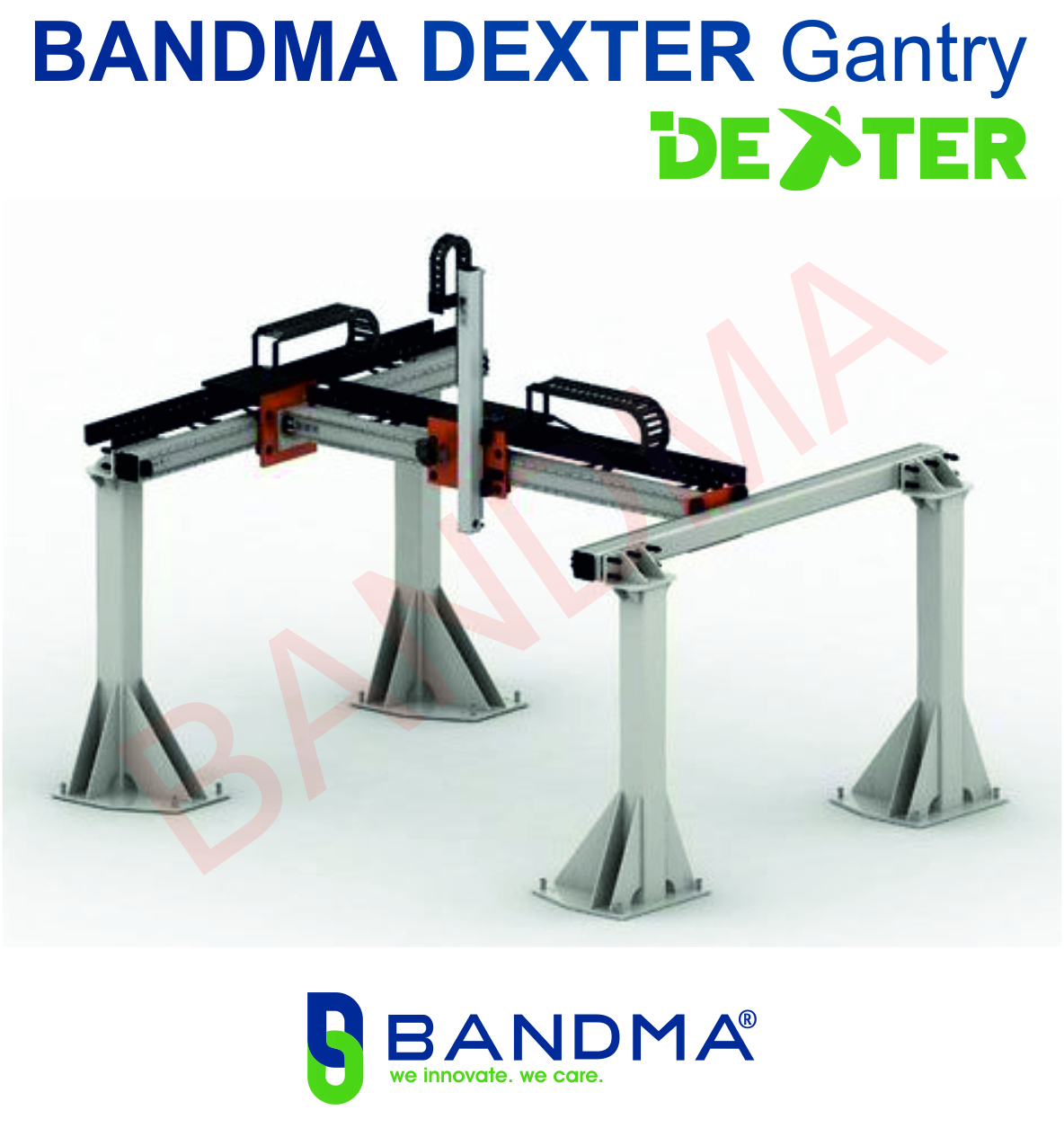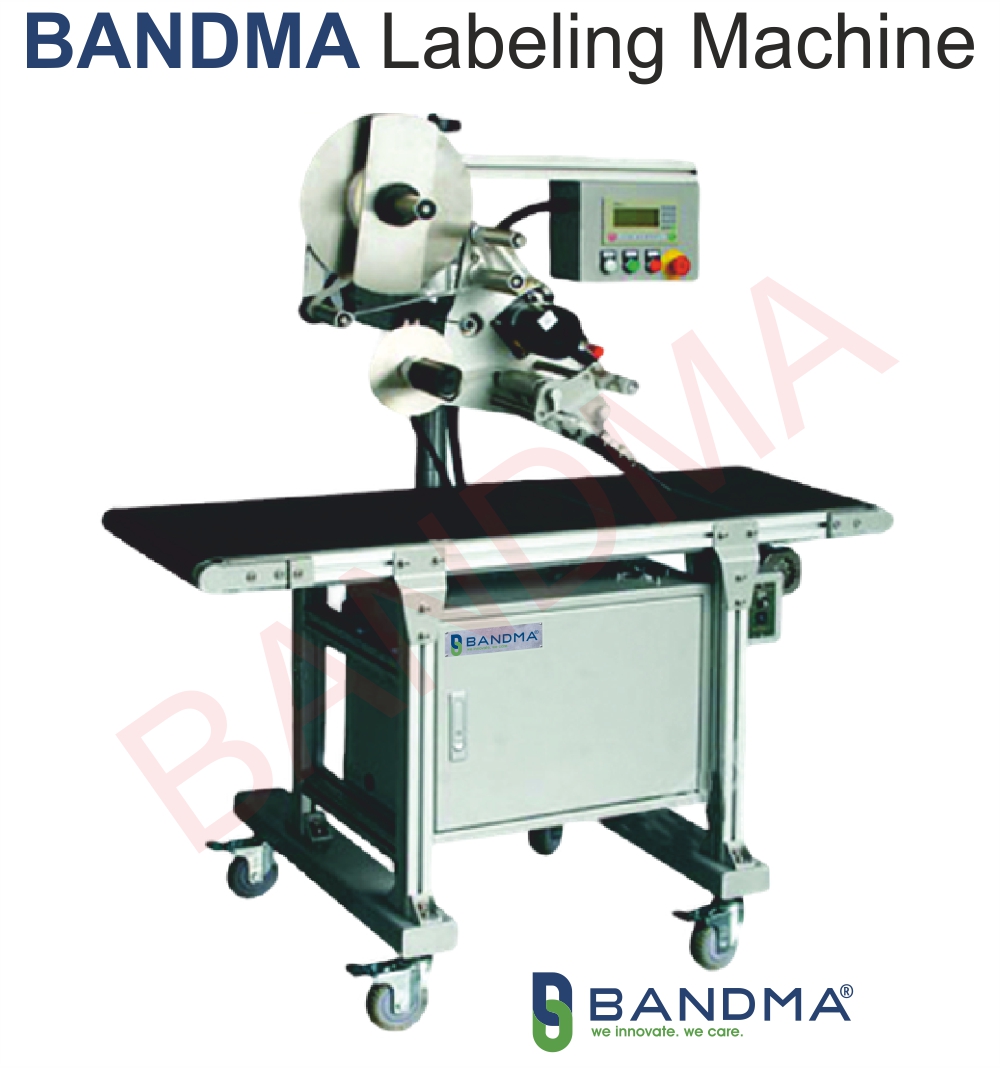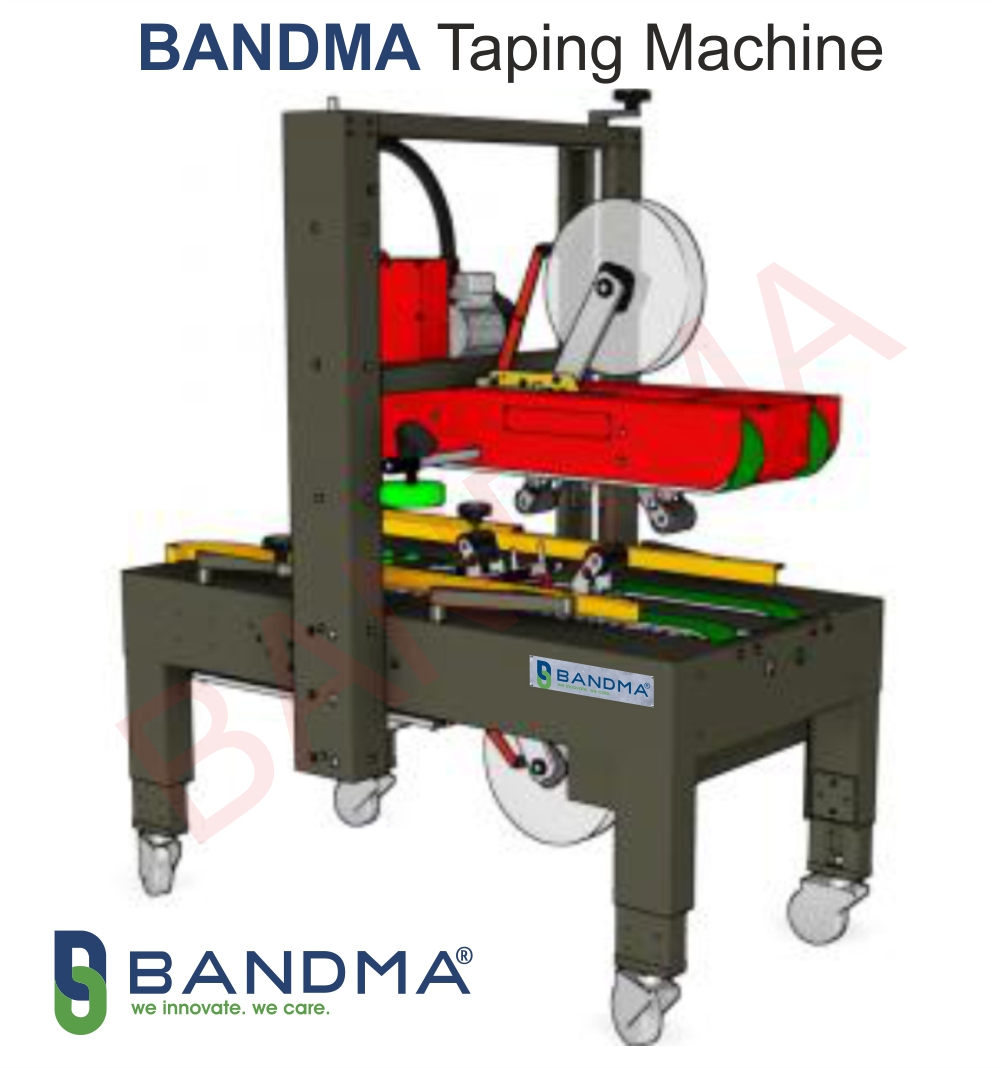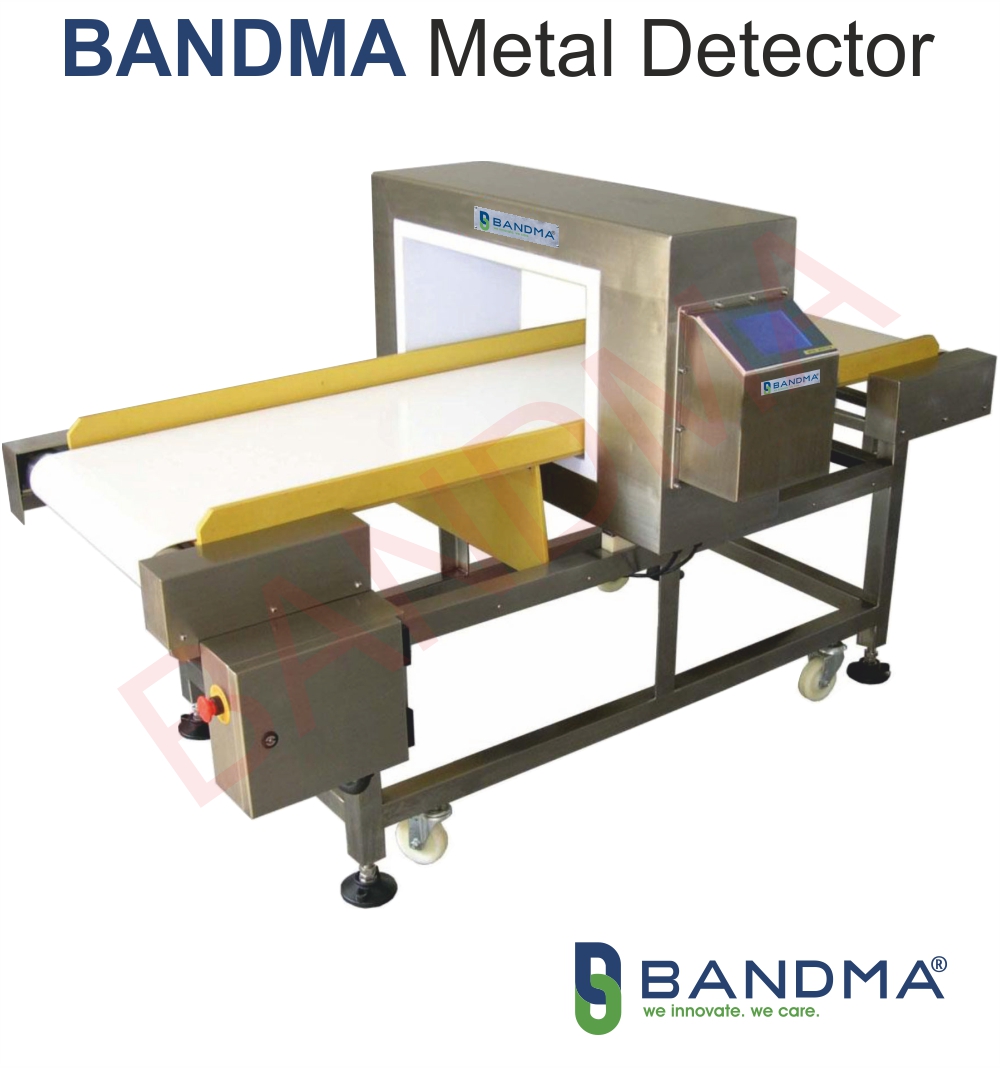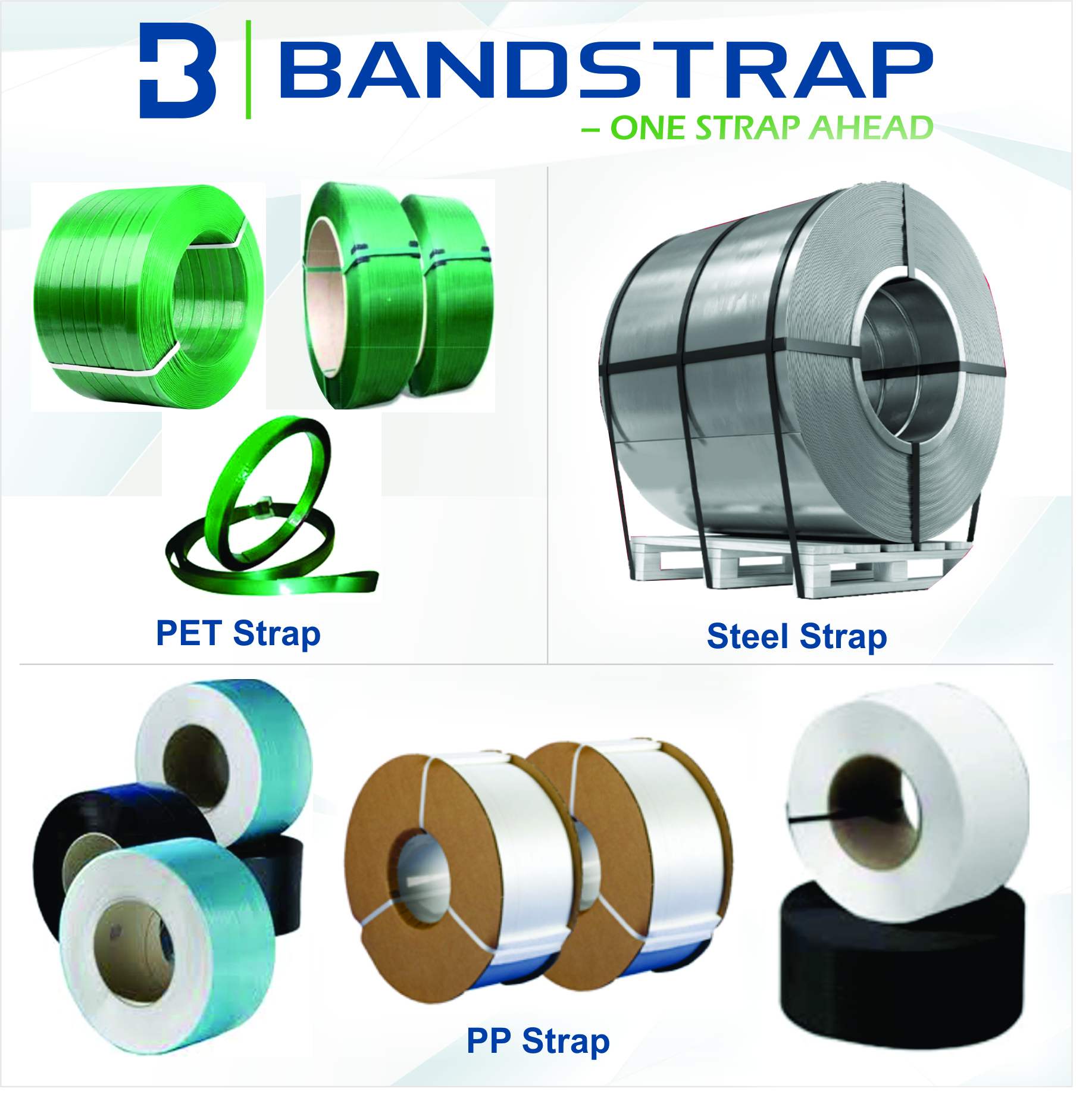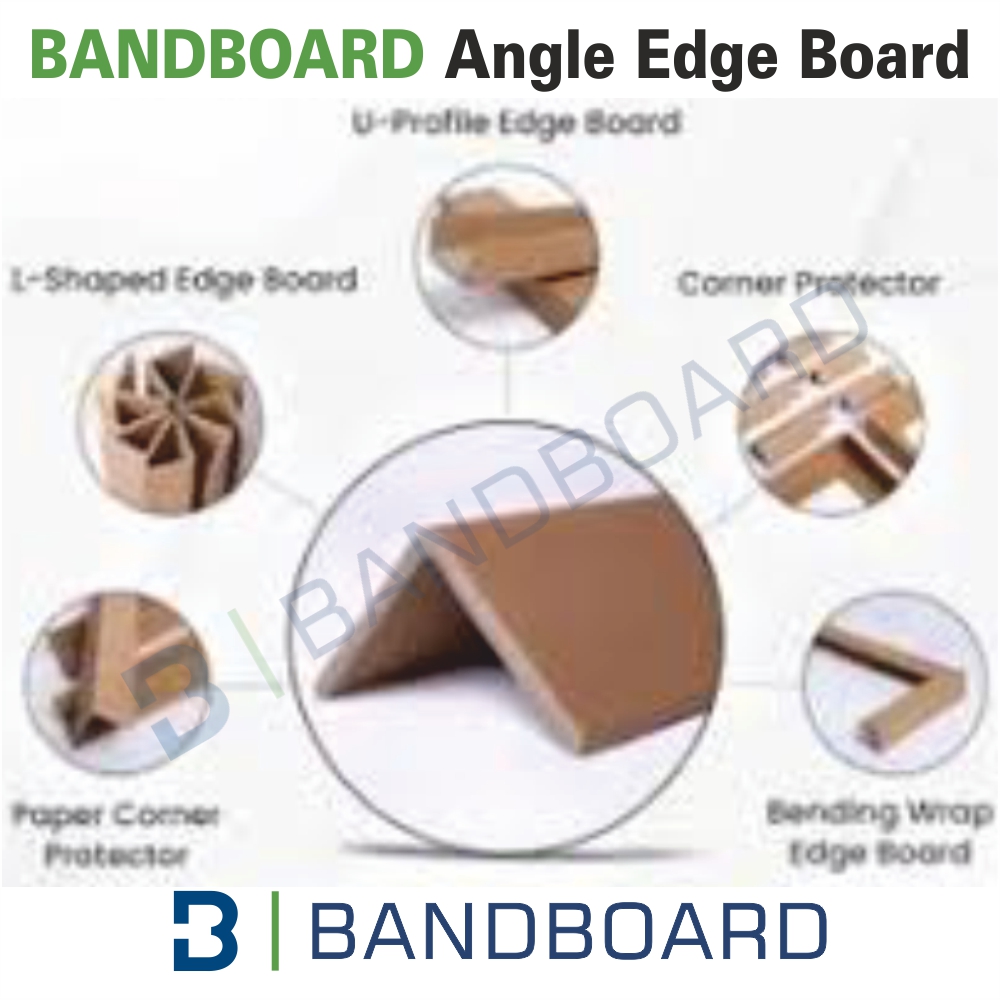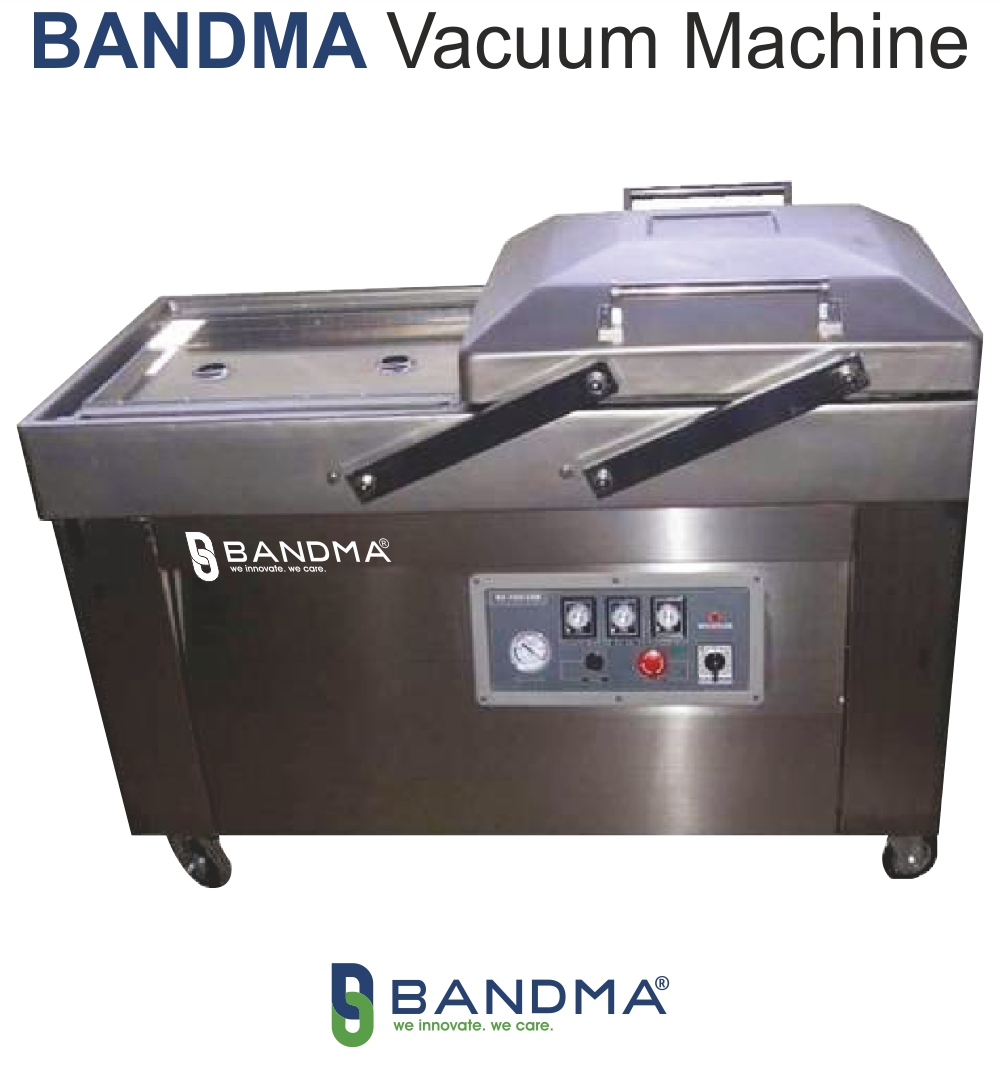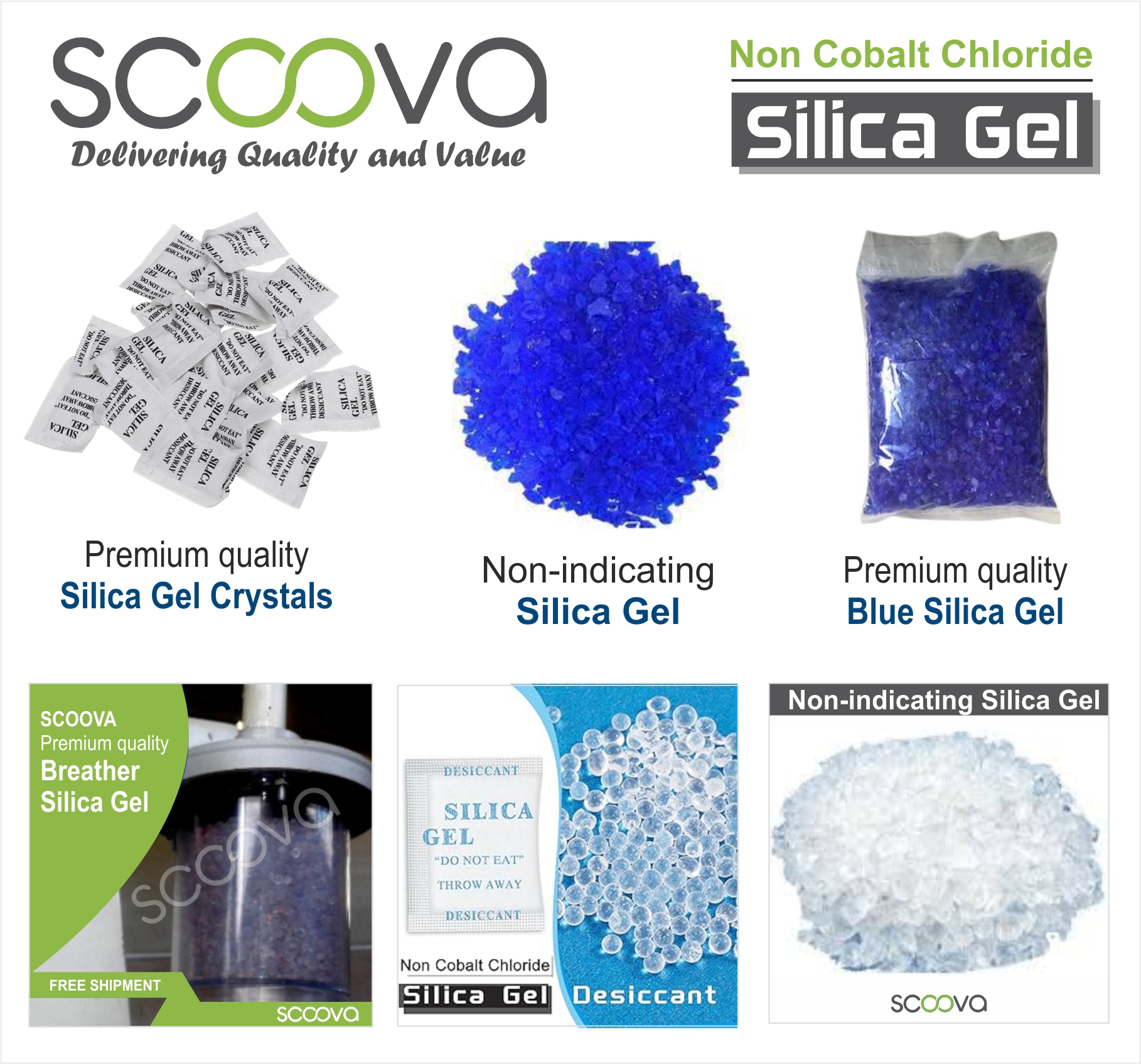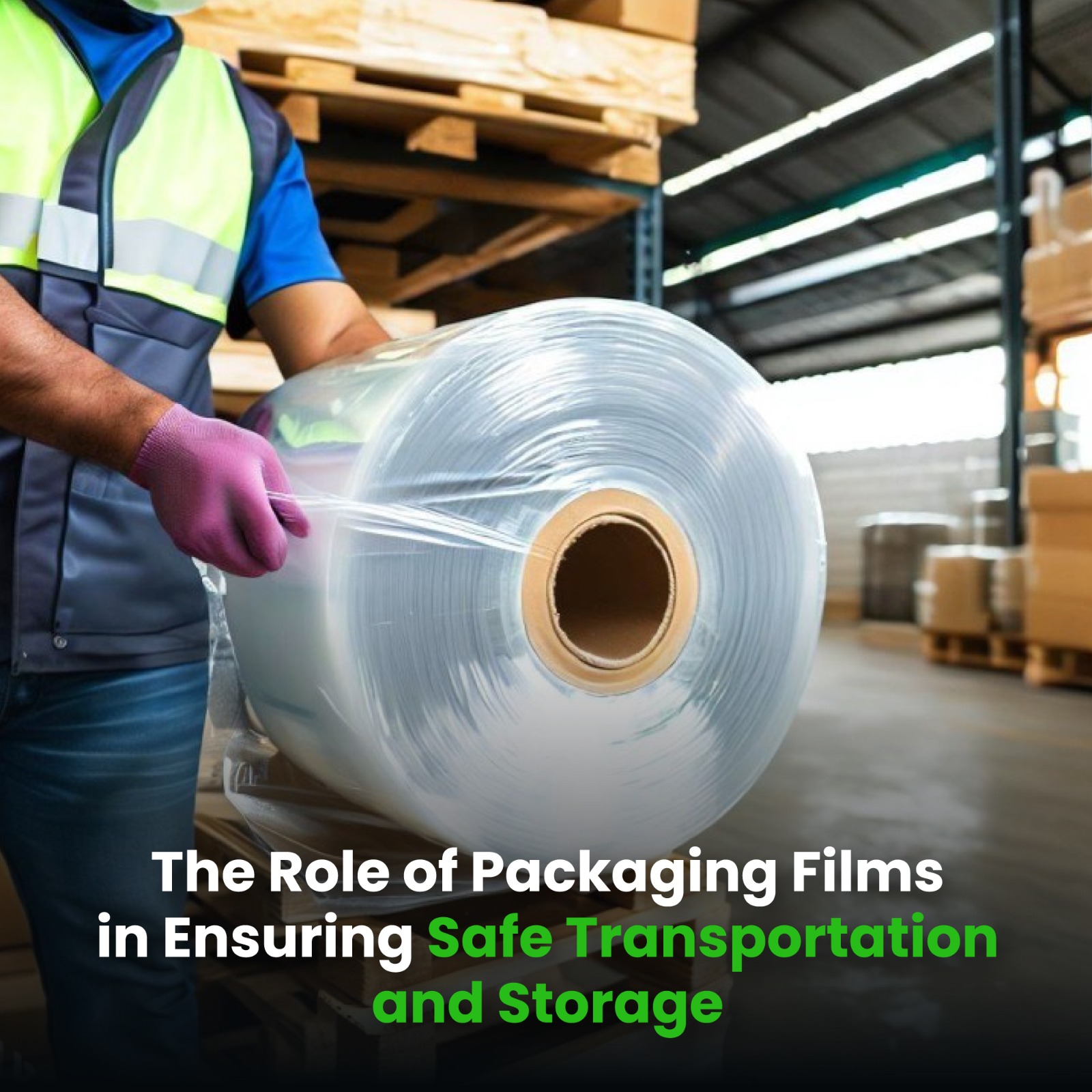Packaging films play a pivotal role in industries across the globe, especially when it comes to protecting goods during transportation and storage. Whether in the food, pharmaceutical, electronics, or heavy-duty sectors, ensuring the integrity of products while they are moved from one place to another is critical. Packaging films offer a versatile solution, providing durability, flexibility, and security to protect products from physical damage, environmental hazards, and contamination.
In this blog, we will explore how packaging films ensure safe transportation and storage, the types of films commonly used, and the critical benefits they offer in various industries.
1. Protection Against Physical Damage
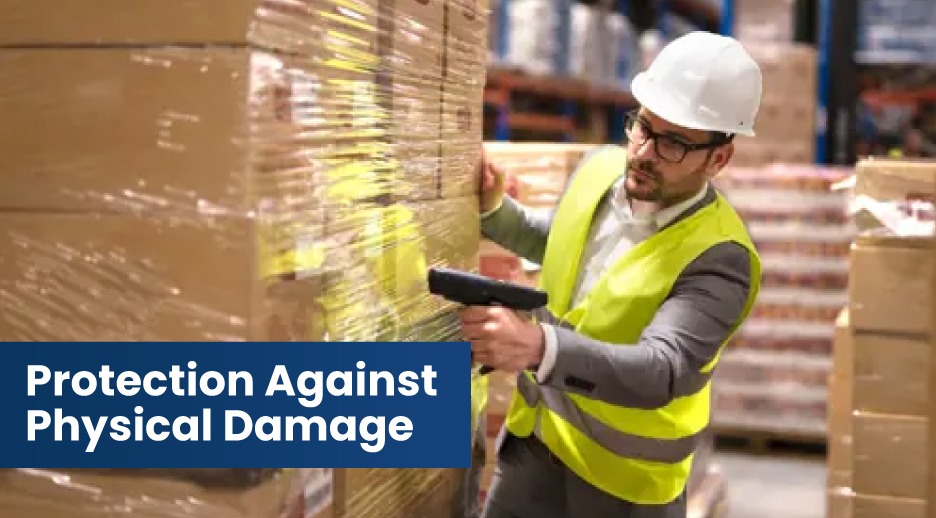
One of the most essential roles of packaging films is to safeguard products from physical damage during transportation and storage. Goods can be subjected to various impacts, including vibrations, drops, or pressure from other items during transit. Packaging films offer a protective layer, ensuring that the products remain intact and undamaged.
- Shrink Films: These are commonly used to tightly wrap products, ensuring that they are secure and less likely to shift during transit. Shrink films, when heated, form a tight seal around the product, keeping items firmly in place.
- Stretch Films: Used primarily for wrapping pallets, stretch films prevent goods from shifting or falling off during transportation. Stretch films offer both flexibility and strength, making them ideal for securing large or irregularly shaped loads on pallets.
The use of these films reduces the risk of scratches, dents, and other physical damages that could occur during the handling and transportation of goods.
2. Protection from Environmental Hazards
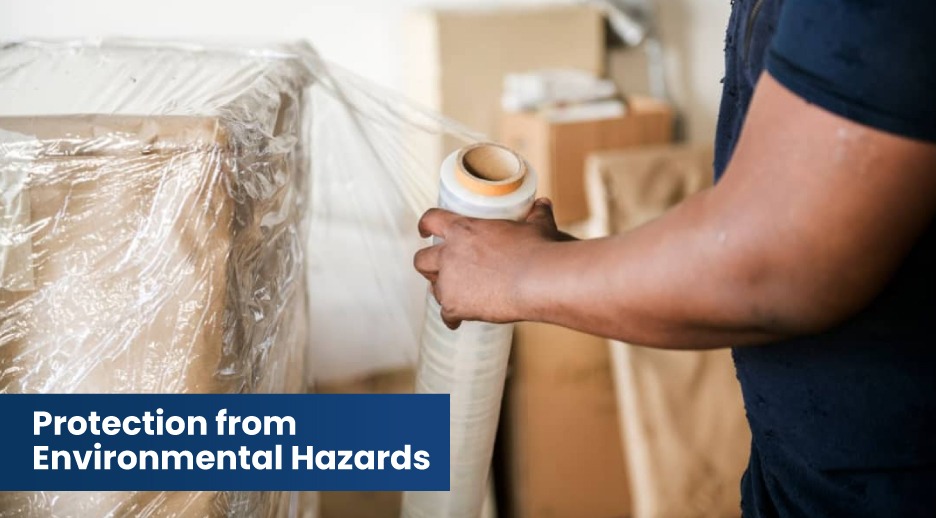
Environmental factors such as moisture, dust, UV radiation, and temperature changes can severely impact the quality and safety of products during storage and transportation. Packaging films act as a barrier, protecting goods from these potential hazards.
- Moisture Protection: In industries such as electronics or pharmaceuticals, moisture exposure can lead to significant damage. Packaging films, such as high-barrier films, are designed to protect products from humidity and moisture. These films ensure that goods remain dry, maintaining product integrity and preventing corrosion or spoilage.
- Dust and Dirt Protection: Dust and dirt can easily contaminate products, particularly in industries like food or pharmaceuticals. Packaging films provide a clean and hygienic barrier that prevents external contaminants from coming into contact with the goods, ensuring the products stay free from contamination throughout their journey.
- UV Protection: UV-sensitive products such as cosmetics, certain chemicals, and perishables require packaging that shields them from harmful UV radiation. UV-blocking films are designed to protect goods from the detrimental effects of sunlight, ensuring the products' quality and shelf life are maintained during transportation and storage.
3. Increased Stability and Security for Heavy-Duty Applications

In heavy-duty industries where bulky items such as construction materials, machinery parts, or industrial equipment are transported, the stability of the load is critical. Packaging films, particularly stretch and shrink films, provide the necessary stability to secure large and irregularly shaped loads.
- Stretch Film for Pallets: Stretch films are widely used to wrap goods on pallets, keeping them tightly secured. By applying multiple layers of stretch film, items are held together firmly, reducing the risk of products shifting or toppling over during transport. This ensures that goods remain stable and intact, even in long-haul transportation scenarios.
- Shrink Film for Heavy Loads: Shrink film is another effective option for securing heavy loads. It forms a tight seal around the product when exposed to heat, ensuring that the load is secure and protected from external impacts. Shrink films are commonly used in industries such as automotive or construction, where large and heavy items need to be transported safely.
By enhancing load stability, packaging films reduce the likelihood of accidents during transportation and ensure that goods arrive at their destination in good condition.
4. Cost-Effectiveness in Protection
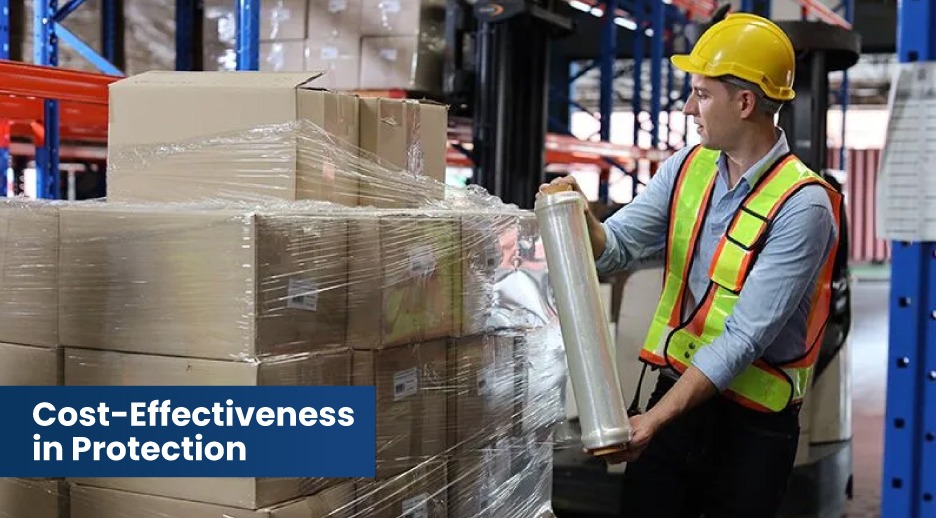
Packaging films provide a cost-effective solution for protecting goods during transportation and storage. Their durability and flexibility allow them to offer robust protection at a fraction of the cost compared to other packaging materials. This makes them a popular choice for industries looking to optimize their packaging processes without compromising on safety.
- Material Efficiency: Packaging films are lightweight yet strong, making them an efficient option for businesses. Stretch films, for example, use minimal material while providing excellent load stability, reducing the overall cost of packaging materials.
- Reduced Damage and Returns: By preventing physical damage, contamination, and environmental impact, packaging films help reduce product returns and replacement costs. Fewer damaged goods translate to lower financial losses, making packaging films an economical investment for businesses involved in shipping and logistics.
Additionally, packaging films are easy to apply and can be integrated into automated packaging processes, further reducing labor costs and enhancing overall operational efficiency.
5. Preservation of Product Quality and Shelf Life
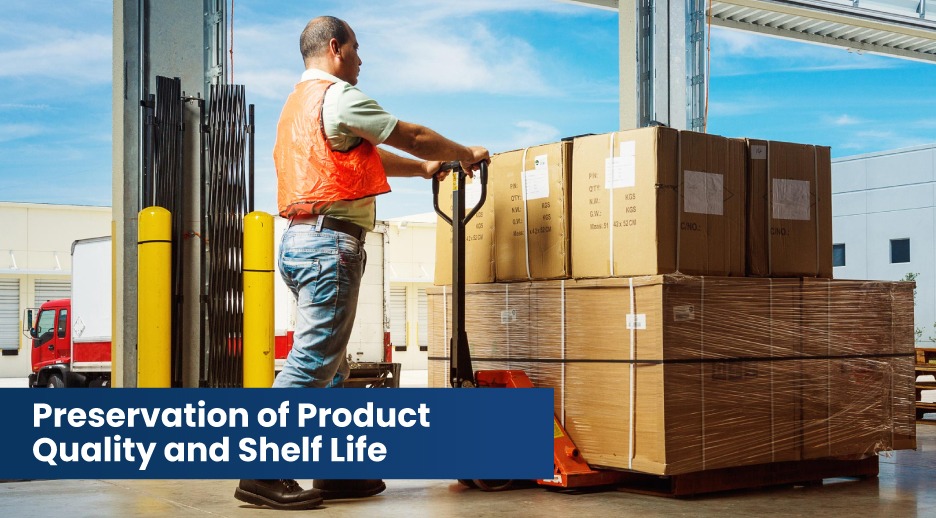
Packaging films are particularly important in industries such as food and pharmaceuticals, where product quality and shelf life are paramount. The right type of packaging film can significantly extend the life of a product by protecting it from spoilage, contamination, or environmental degradation.
- Food Packaging Films: In the food industry, packaging films help preserve the freshness of perishable items by providing a barrier against moisture, oxygen, and bacteria. Films such as vacuum packaging films and modified atmosphere packaging (MAP) films create an airtight environment, reducing spoilage and extending the product's shelf life. These films ensure that products remain fresh during long transportation and storage periods.
- Pharmaceutical Packaging Films: In the pharmaceutical industry, packaging films ensure the safety and integrity of sensitive medications and medical supplies. High-barrier films protect pharmaceutical products from moisture, light, and air, which can degrade the active ingredients. This ensures that the products remain effective and safe for consumption even after extended periods of transportation and storage.
By preserving the quality and extending the shelf life of products, packaging films play a critical role in maintaining the safety and reliability of goods throughout the supply chain.
Conclusion
Packaging films are an indispensable tool in ensuring the safe transportation and storage of goods across various industries. Their versatility, strength, and protective properties make them ideal for securing products against physical damage, environmental hazards, and contamination. Whether it’s heavy-duty industrial equipment, perishable food items, or sensitive pharmaceutical products, packaging films offer a reliable and cost-effective solution to maintain product quality and safety.
By choosing the right type of packaging film for specific applications, businesses can enhance load stability, reduce damage, and optimize their packaging processes, ultimately improving their overall operational efficiency. In today’s global supply chains, where products are moved across vast distances and through various environments, packaging films ensure that goods arrive at their destination in pristine condition, ready for use or sale.


